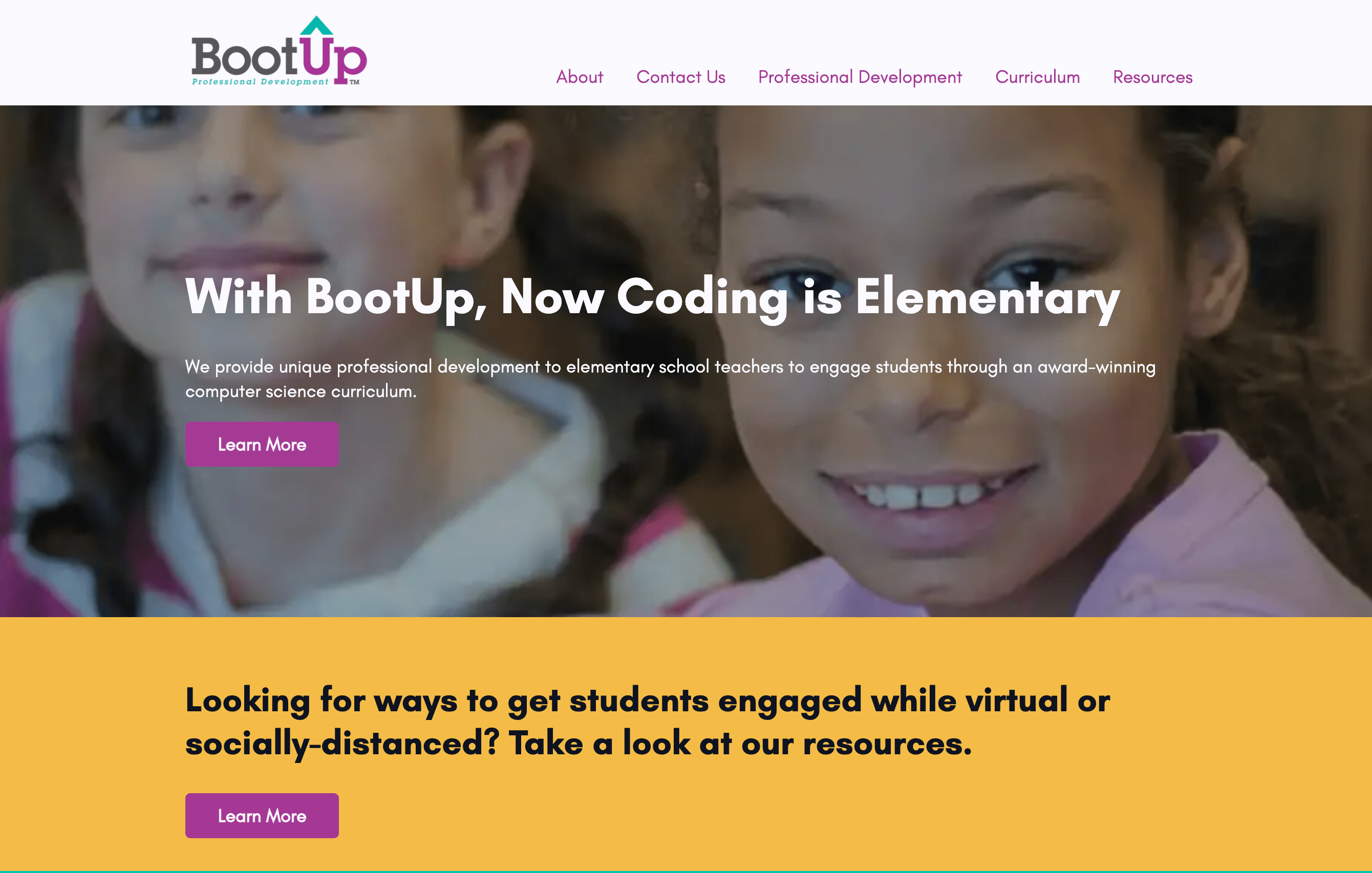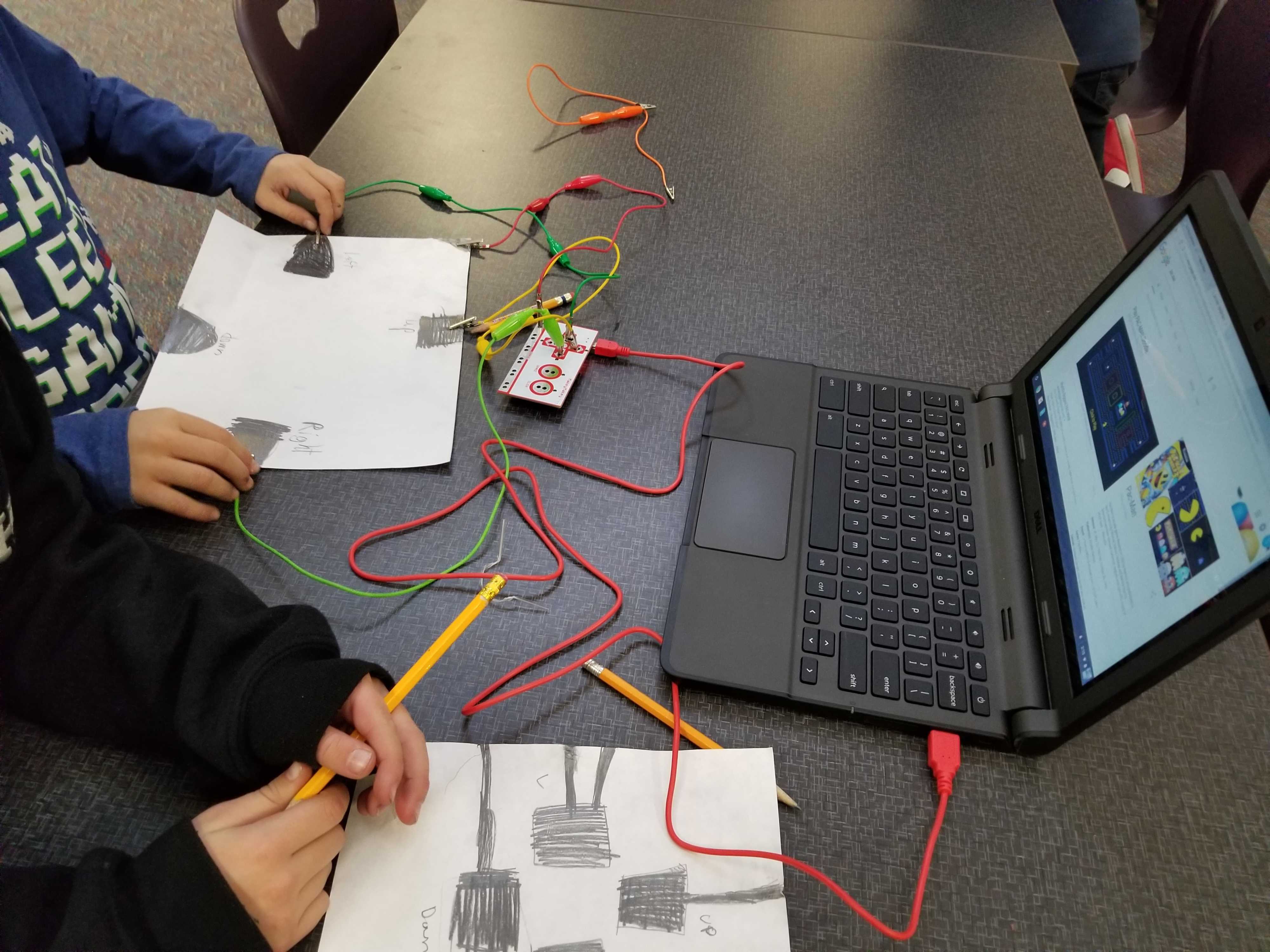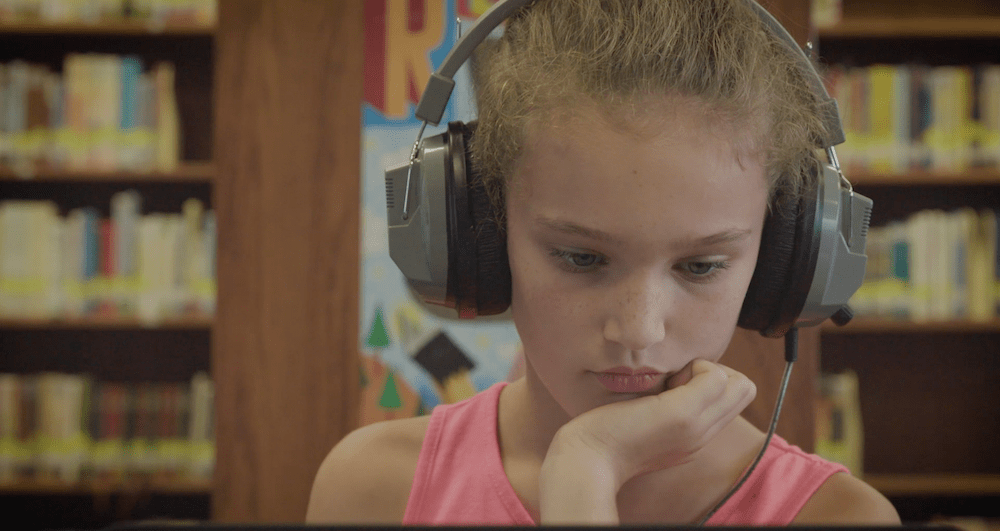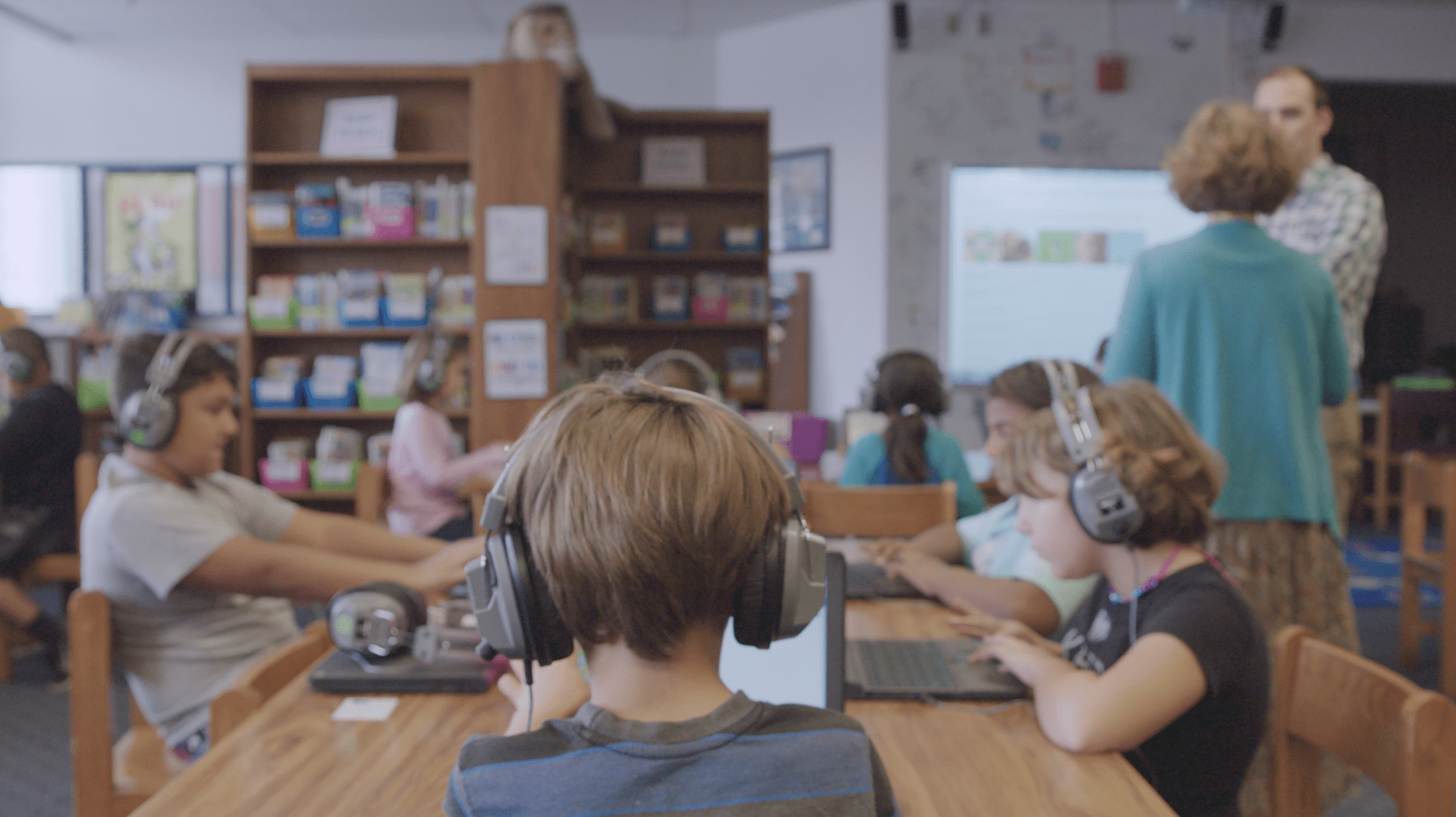Blog

Closing the Equity STEM Gap with BootUp PD Thanks to Contentful
Every student should have access to computer science (CS) education in this technology-filled world. For BootUp PD, closing the equity gaps in CS is priority number one. Thanks to Contentful, BootUp has been able to scale its website and continue to create a space where teachers can obtain resources for their classrooms.

Celebrating The Women Changing BootUp for Women's History Month
At BootUp, there are many brilliant and inspirational women changing the face of education and technology. This Women's History Month, we celebrate the Women at BootUp striving to make a positive change for teachers and students nationwide.

Collaboration and Integration for Building CS Pathways at the Elementary Level
What creates the conditions for true collaboration and integration? It takes a desire to work together for a shared purpose and the ability to understand the old adage that “two heads are better than one.”

How to Teach in a Virtual or Hybrid Environment with BootUp Resources
If you’re like most teachers all over the world, transitioning to teaching through a virtual environment was a massive adjustment—there were technical problems, countless hours spent learning new platforms and strategies for engaging learners virtually. Thankfully, BootUp has a slew of resources to help.

Six Ws Of Assessment
COVID has created some interesting challenges for assessing student progress and completed work in remote learning contexts. Prior to COVID, discussions on assessment in education often describe summative assessments as a product-oriented assessment of learning, formative assessments as a process-oriented assessment for learning, and ipsative assessments as a self-reflective assessment as learning (Manitoba Education, 2006; Scott, 2012).
